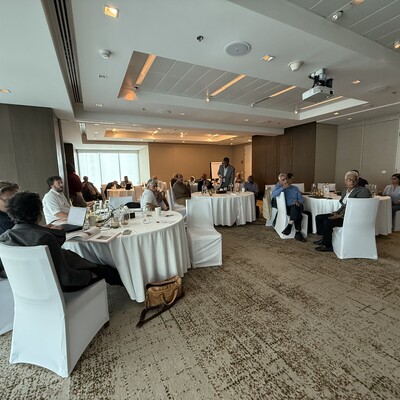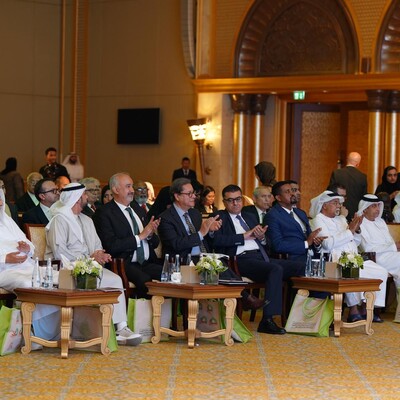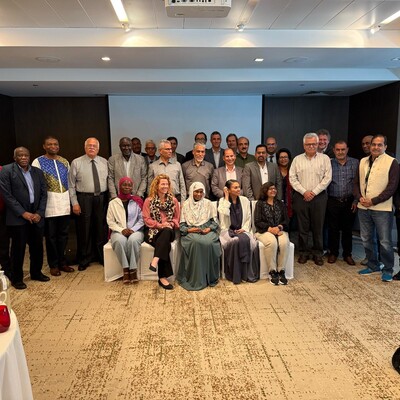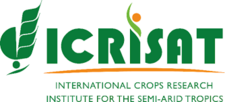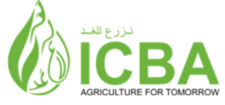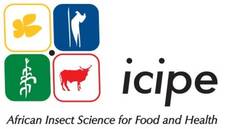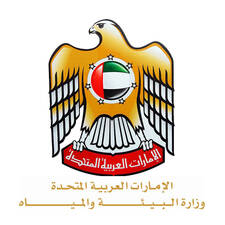Impact pathways
This program entails the use of multi-pronged, integrated innovations in pest management that target various stages of the PRW lifecycle, address the factors that make date palms susceptible to RPW infestation, and aim at resolving the systemic barriers to adoption of sustainable RPW management technologies. The program will deploy innovative biobased solutions (Workstream 1), biotechnological innovations (Workstream 2), digital innovations (Workstream 3), GAP innovations (Workstream 4) and stimulate the adoption of these innovations bundling optimal innovation packages, developing elaborate innovations scaling roadmaps, conducting socio-economic and policy research and providing insightful policy advice and conducting citizen-centered monitoring of the innovations (Workstream 5).
Workstream 1 (WS1) will promote the use of nano-technology-based formulations of biopesticides, new semio-chemicals developed using standardized chemical ecology techniques, , co-evolved arthropod natural enemies of the RPW, gene silencing tools targeting various essential biological functions of RPW (such as the chemo-sensory genes) and endophytic fungi that colonize date palms, improved biopesticide and semio-chemical delivery and trapping systems, and the use of GIS/AI- and digital platform-guided deployment of semichemical traps. It is assumed that dry/smart traps, pheromones, kairomones and fungal-based biopesticides are available and affordable to end-users. It is assumed that the beneficiaries are aware of the biosafety of RNAi and fungal-based technologies, and nano-encapsulated biopesticides. It is further assumed that the regulatory bodies in UAE and LMICs will facilitate the importation of the natural enemies of the RPW.
Workstream 2 (WS2) will promote the use of biotechnological innovations such as dsRNA-based biopesticide products, CRISPR-based genome editing in RPW to disrupt genes associated with reproduction, development, or survival in RPW populations; CRISPR-based genome editing of date palms to disrupt function of specific genes to improve their structural defenses, increase production of natural insect-repellent compounds, or enhance wound-healing responses; RNAi targeting essential genes in RPW, disrupting critical functions like development, digestion, or reproduction; development of transgenic palms by overexpressing defense genes or RNAi-based gene silencing in targeting genes essential for RPW larval survival within the palm; and use of antimicrobial compounds to disrupt key microbes in RPW gut systems. It is assumed that there will not be unforeseen genetic complexities that limit the success of genome editing or gene silencing. It is further assumed that there will not be denial or delays in obtaining approvals for genome-edited organisms and transgenic plants.
Workstream 3 (WS3) will leverage cutting-edge digital innovations to develop a robust early detection system that will provide early warning of RPW infestations and inform researchers, farmers, government agencies, and policy makers on timely targeting of interventions. To this end, the program will develop an AI designed literature search engine that will be used to search publications for trends between RPW infestation and associated governing factors, based upon which it will develop a comprehensive database on in-situ RPW infestations. The program will conduct farm trials of digital innovation technologies and multiscale database and develop analytics-based predictive algorithms for early detection and forecasting that will be a key cornerstone of the ED-EW-EA system. For proper functionality of the ED-EW-EA system, it is assumed that there will be publicly accessible publications on RPW, and sufficient accuracy of the data from sensor and multi-model-data sources that will be used in training AI models for prediction. The utility of the ED-EW-EA system is dependent on the availability of seamless last mile connectivity through mobile services.
1. Workstream 4 (WS4) will conduct research and capacity development for assessing and integrating agronomic and sanitation practices to protect date palm farms and palms in urban gardens against RPW infestation, in production of pest free planting material, proper irrigation and fertilization to enhance date palm vigor and resistance to RPW, study the response of date palm variety, salinity management, timely tree pruning and proper field sanitation on RPW infestation dynamics. In collaboration with workstream 5, these GAP technologies will be bundled together with innovations from other workstreams, such as semiochemicals (e.g., attractants and repellents) and biologicals (WS1), dsDNA for RPW for the expression of RNAi in RPW (WS1 & 2), biopesticides and arthropod natural enemies (WS1), ED-EW-EA digital platform and predictive model (WS3), among others. The program will develop GAP protocols, phytosanitary guidelines, and SOPs for improved agricultural practices and compliance; develop and recommend policies and regulations related to GAP, phytosanitary regulations and certified nurseries, establish multi-stakeholder innovative platforms; and strengthen the capacity of extension services and raise community in the UAE and RPW-affected/threatened LMICs. WS5 traslates context-specific news research innovations from research WS through adaptive research and integrate both existing and validated RPW technologies and novel solutions in UAE in a phased approach and pilot cost-effective innovations in Morocco and Egypt. Specifically, WS5 aims to translate research outputs into actionable and sustainable solutions for emerging and shelved existing technologies from WS1-4 and public and private sectors, while driving policy changes and empowers farmers, citizens, private sector actors and decision-makers with practical tools, e.g. solutions and deployment pathways for existing technologies in selected LMICs, e.g. Egypt and Morocco. This workstream comprises 3 work packages: (1) evidence-based deployment pathways; (2) citizen science; and (3) socioeconomics which will implement key project activities in UAE and LMICs. The WS is, designed to validate/ pilot and bundle innovations to address challenges in sustainable RPW control and containment In UAE and LMICS. Evidence-based deployment pathways work package (WP1): This work package uses a a test bed for technology validation that can be piloted in selected LMICs countries, Egypt and Morocco. The WP aims to ensure that the selected and piloted technologies, whether standalone or bundled, effectively address the needs of communities and stakeholders across targeted typologies, while generating robust evidence to support large-scale dissemination and adoption in UAE and LMICs. The WP will identify and bundle technologies with high readiness label (TRL 8-9) that are suitable for specific farm typologies (farm size, proximity to residential areas, age of plantations, etc.), validating them through effective demonstrations (pilot sites) on selected small scale farms, and devising tailored pathways to accelerate their adoption in UAE, Egypt and Morocco with high potential for other targeted LMICs facing similar challenges in their palm crops. A fast-track validation, optimization, bundling, piloting, and deployment of proven technologies that are adaptive, cost-effective, environmental-friendly, and socially accepted will be carried out in selected benchmark sites in UAE, Egypt and Morocco. This helps create a likelihood that the deployment of innovations or innovation packages to the target areas will be effective. The WP will work with all workstreams to build the technical capacity of targeted stakeholders to prepare for the sustainable adoption of recommended deployment pathways.
2. Citizen Science work package (WP2) will focus on generating monitoring data to support effective adoption of recommended solutions and ensure sustainability of the control systems in place. The program will develop a user-friendly digital app that will be used by citizens to facilitate early detection and timely action to ensure sustainability of the control systems in place and to monitor the effective adoption of recommended solutions, however contingent on the availability of mobile device connectivity in both urban and rural areas. The WP will further create national and regional Communities of Practice (CoP) for knowledge sharing, effective coordination, and the introduction and promotion of new technologies as they are made available.
3. Socioeconomics work package (WP3) will entail the use of well-established tools of socioeconomic science, in a multidisciplinary approach, a) to analyze the socioeconomic and environmental impact of RPW infestations and evaluating the effectiveness and adoption of control measures; and b) to provide institutional support focusing on strengthening policy frameworks, regulatory measures, and regional collaboration for improved RPW management. The program will generate evidence-based insights into the socioeconomic, environmental, and policy dimensions of RPW management while identifying effective deployment pathways and addressing barriers to adoption. The resultant knowledge will be disseminated, and stakeholders will be engaged to ensure research findings inform policy and practice effectively if there is a predisposition towards evidence-based policy design and implementation. The WP will study adoption, impact and return on investment of the project.



